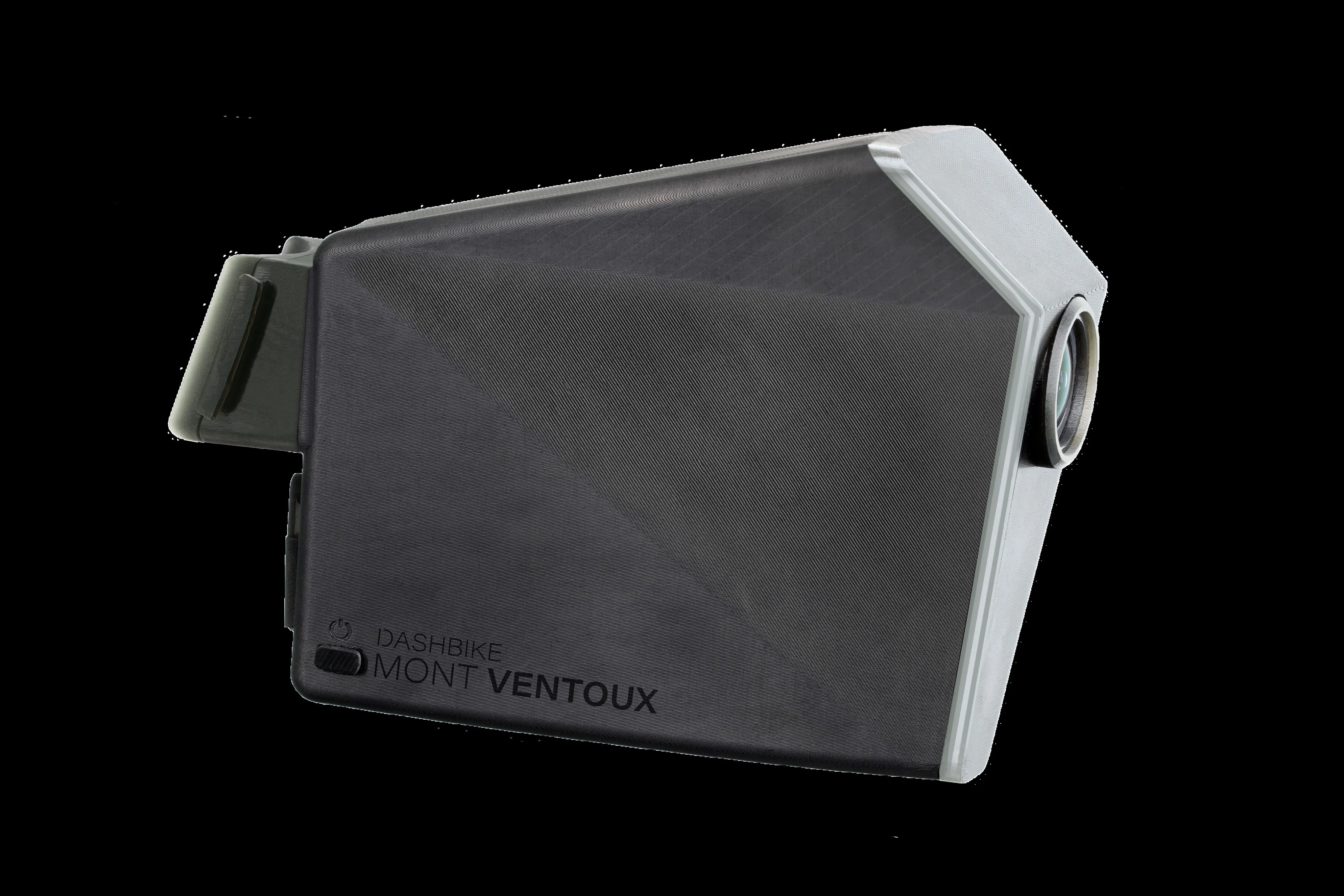Road tunnels are a particularly dangerous environment. Not only do fires burn more violently in enclosed environments, as happened in the 1999 Mont Blanc tunnel disaster, the low lighting and confined reaction space mean accidents are more likely to happen. Authorities must, therefore, be easily and quickly alerted to accidents, breakdowns and equipment must be working at all time.
May 16, 2012
Read time: 2 mins
Road tunnels are a particularly dangerous environment. Not only do fires burn more violently in enclosed environments, as happened in the 1999 Mont Blanc tunnel disaster, the low lighting and confined reaction space mean accidents are more likely to happen. Authorities must, therefore, be easily and quickly alerted to accidents, breakdowns and equipment must be working at all time.
To manage this process Sweden has implemented camera surveillance systems on almost all large tunnels. The latest to gain this technology is on the Norra Länken (Northern Link), a motorway in Stockholm, between Norrtull and Karlberg. Once complete, almost 500 cameras will monitor the entire tunnel and the surface road network.
To implement the network, Swedish authorities turned to5572 ISG, a systems integrator and intelligent video analysis specialist, based in the southern, coastal city of Höganäs.
The ISG system, at the heart of which is a576 Sony FCB vision camera, monitors traffic flow and analyses the video for incidents, such as breakdowns or accidents. Upon detection, the system automatically sends image sequences directly to Trafikverket and Stockholm Stad's (the City of Stockholm’s) traffic management centre, Trafik Stockholm, enabling the operations management team to determine further actions.
ISG is also in the process of upgrading functionality be adding additional, complementary technologies, for example radar detectors. ISG’s solution, which can combine information from different detection systems regardless of the technology and brand, is unique. The company will also supply vandal-resistant emergency telephones which are installed for example in first aid rooms, SOS cabins, at all on-ramps and off-ramps and at the parking slots at the various maintenance areas. When distressed road users pick up the phone, the call will be automatically directed to the operators at Trafik Stockholm.
To manage this process Sweden has implemented camera surveillance systems on almost all large tunnels. The latest to gain this technology is on the Norra Länken (Northern Link), a motorway in Stockholm, between Norrtull and Karlberg. Once complete, almost 500 cameras will monitor the entire tunnel and the surface road network.
To implement the network, Swedish authorities turned to
The ISG system, at the heart of which is a
ISG is also in the process of upgrading functionality be adding additional, complementary technologies, for example radar detectors. ISG’s solution, which can combine information from different detection systems regardless of the technology and brand, is unique. The company will also supply vandal-resistant emergency telephones which are installed for example in first aid rooms, SOS cabins, at all on-ramps and off-ramps and at the parking slots at the various maintenance areas. When distressed road users pick up the phone, the call will be automatically directed to the operators at Trafik Stockholm.









